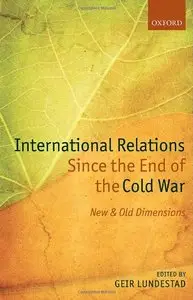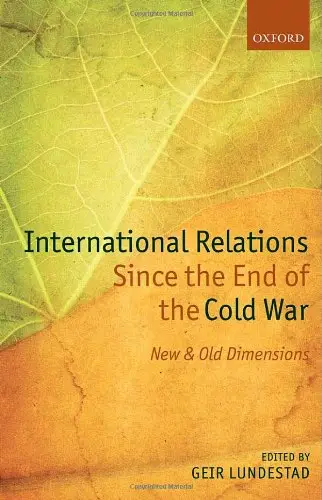Geir Lundestad, "International Relations Since the End of the Cold War: New and Old Dimensions"
2013 | ISBN-10: 0199666431 | 336 pages | PDF | 1,4 MB
2013 | ISBN-10: 0199666431 | 336 pages | PDF | 1,4 MB
In International Relations Since the End of the Cold War many of the world's leading historians and historically oriented political scientists deal with the Cold War legacy and many of the new issues that have emerged since the end of the Cold War. Stewart Patrick sums up the most important developments in the post-Cold War world. John Oneal and John Mueller discuss the relationship between democracy and peace and what came first, democracy or peace. Melvyn Leffler, Jeremi Suri, and Vladimir O. Pechatnov take up the Cold War legacy as it relates to the United States and the Soviet Union/Russia. Odd Arne Westad reviews the relationship between the end of the Cold War and the end of the Third World. David Holloway and Olav Njolstad handle the role of nuclear weapons in the post-Cold War world. Paying special attention to the role of the old and new superpowers, with chapters on the United States (Jussi Hanhimaki), Russia (Vladislav Zubok), the European Union (Frederic Bozo), and China (Michael Cox and Chen Jian.) The chapters see the United States and China as the leading powers, but differ considerably on the respective roles of the two leading powers. In the introduction, the editor, Geir Lundestad, discusses the post-Cold War years as a historical period compared to earlier periods in modern history; in the conclusion he speculates on what might be some dominant developments in the future.



